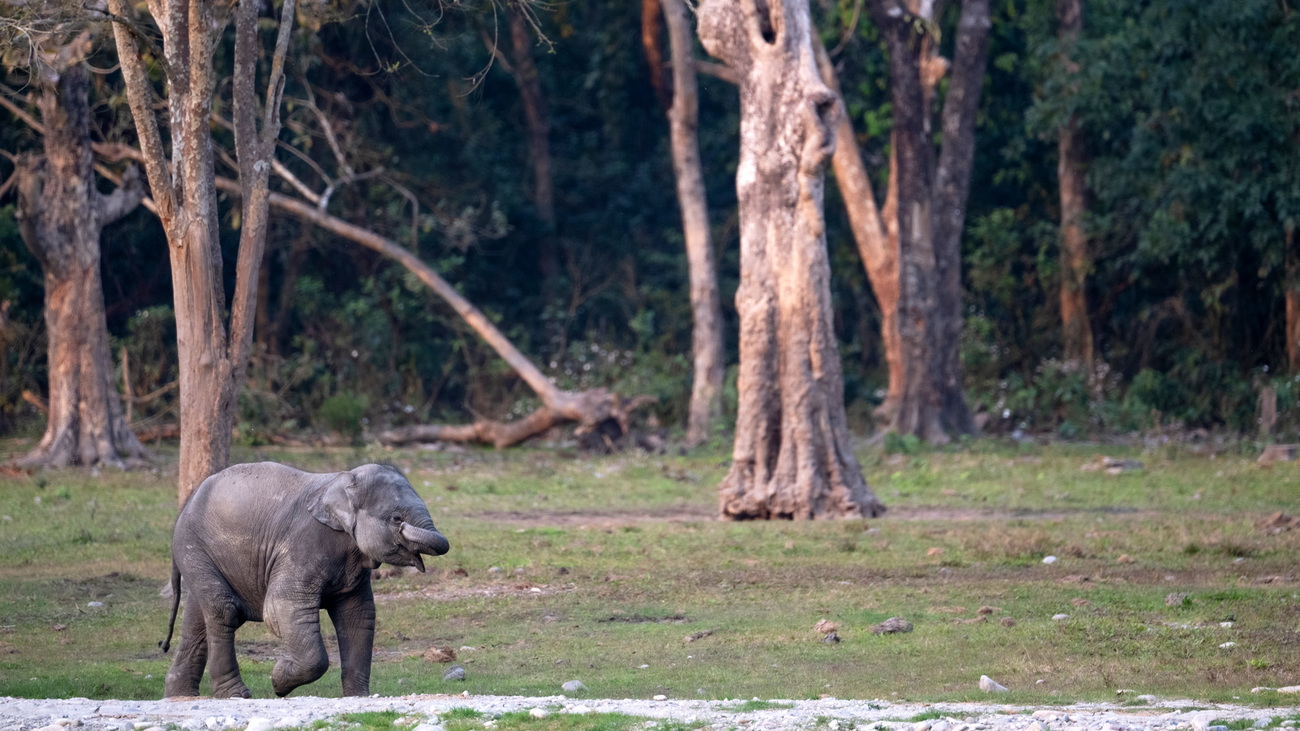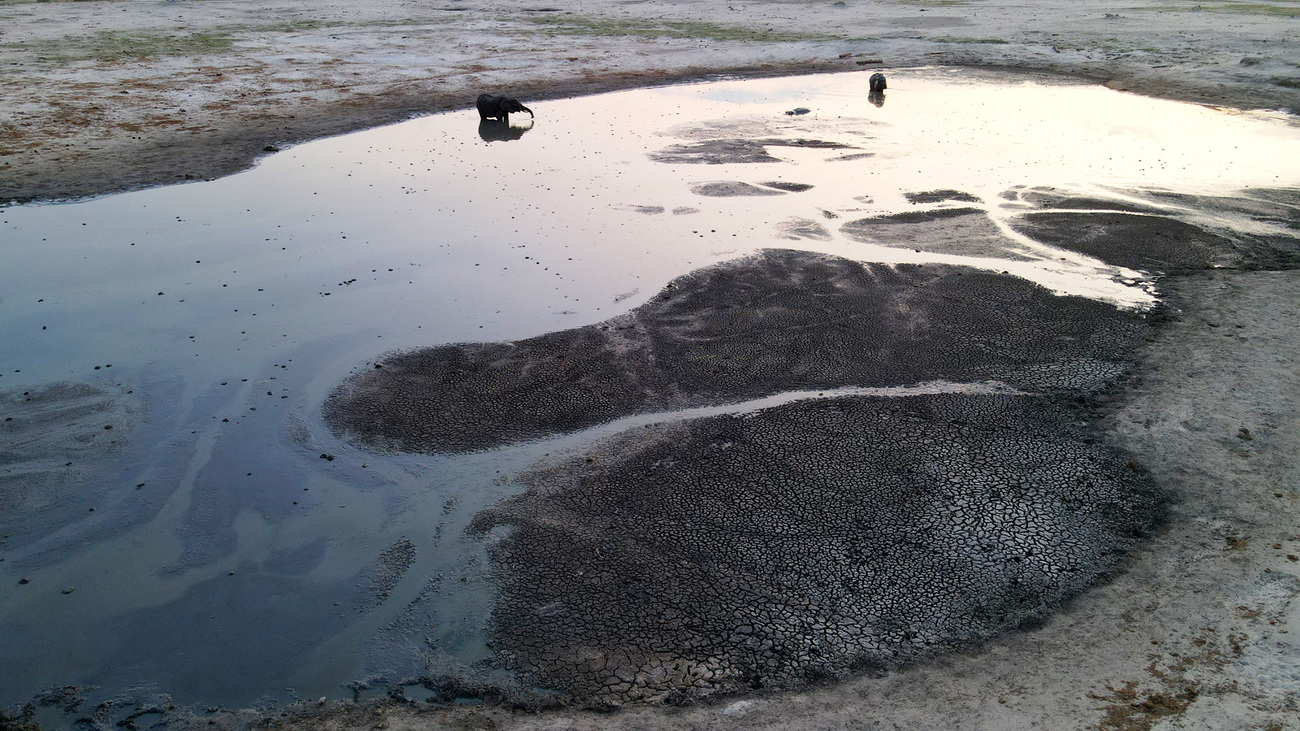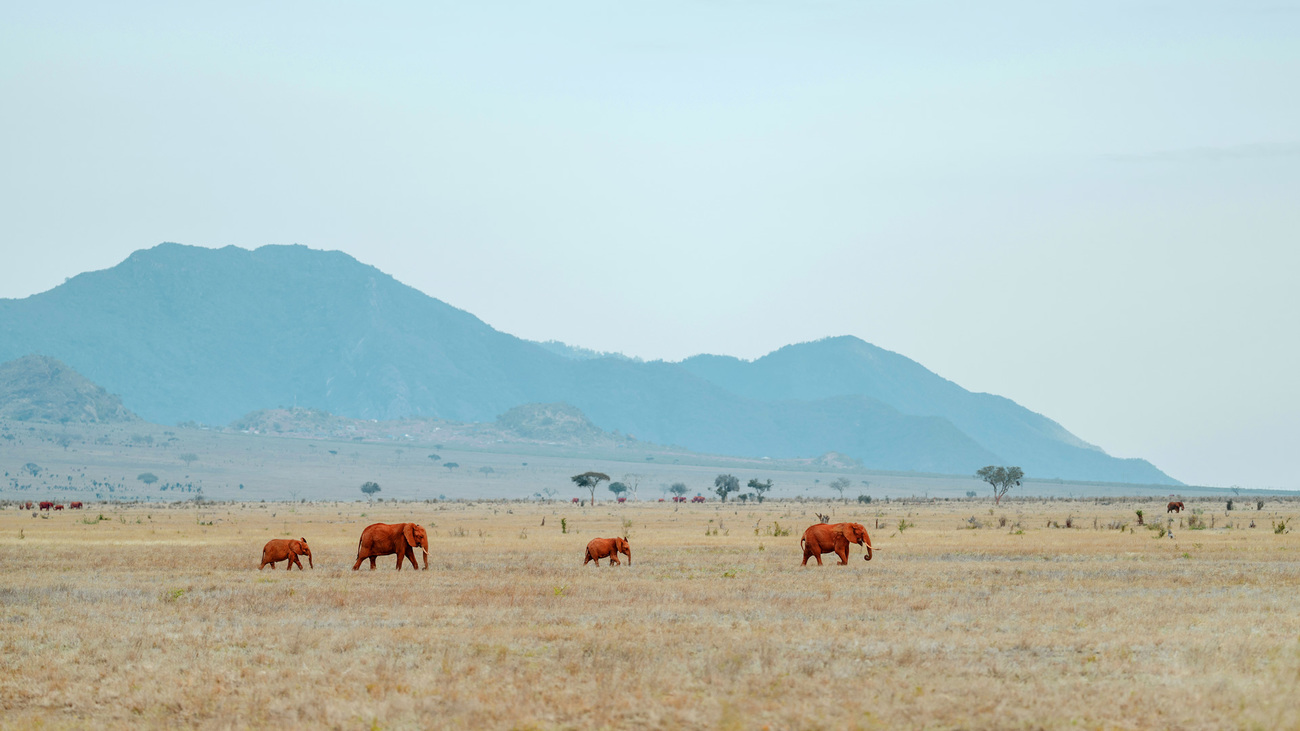Blog
Can animals predict earthquakes and other disasters?
Read moreThe impact of climate change on elephants
Climate change currently threatens the survival of up to one million wildlife species around the world. This includes some of the most recognisable animals on Earth, the ones we all know and love—like elephants. All three elephant species—the African savannah elephant, African forest elephant, and Asian elephant—are currently endangered or critically endangered, in part due to climate change.

While the most pressing threats elephants face are in the form of habitat loss and fragmentation caused by human activity, changing weather and temperature patterns are also disrupting elephant populations. In 2022, Kenya’s Wildlife and Tourism Board announced that climate change is now a bigger threat to elephants than poaching. Climate change will only continue to exacerbate droughts, wildfires, flooding, and extreme temperatures, and it isn’t slowing down.
We’re lucky to have elephants on our planet, as when they’re thriving, they are some of our biggest allies in keeping carbon out of the atmosphere, maintaining the health of their ecosystems, and supporting biodiversity. Without elephants around, our fight against climate change would prove even tougher.
Here are some of the ways in which climate change is having direct and indirect effects on elephants in Africa and Asia, and how you can help them survive in the face of these challenges to their survival.

Elephants drink up to 190 litres (50 gallons) of water per day. They also can’t sweat, which means they rely more heavily than other mammals do on water to keep cool in the heat. But climate change is causing severe water scarcity and drought, impacting elephants particularly in Africa’s savannah regions.
In recent years, Kenya has experienced its worst period of drought in the past four decades. The country is seeing year after year of below-average rainfall. Conservationists estimate that the ongoing drought has killed more wildlife in the Amboseli ecosystem than any other drought on record. As of January 2023, about 127 elephants had been lost in this area. Kenya is home to about 36,000 African savannah elephants.
Drought has also increased in southern Africa. One place this impacts is Hwange National Park in Zimbabwe, through which more than 45,000 elephants roam. In 2019, drought in Zimbabwe killed more than 200 elephants in just two months. One young elephant calf even fell in a well in search of water. IFAW supported the rescue of a calf named Jack, who was found alone in a dried-up watering hole.
A lack of water also impacts elephants’ ability to reproduce. Mothers may miscarry or fail to produce enough milk if they are not adequately hydrated. In a world where every individual elephant birth matters for the survival of these species, this is a serious issue.

While climate change increases drought in some areas, it brings increased severe rainfall in others. This leads to flooding, which has negative impacts on the habitats of many species.
Every July, floods brought by the monsoon season in India cause an influx of young animals to become separated from their parents, including elephants. IFAW has been involved for years in the rescue and rehabilitation of orphaned elephants. While rescuers are able to reunite some elephants in Kaziranga National Park with their families, others are brought to the IFAW-Wildlife Trust of India Centre for Wildlife Rehabilitation and Conservation to be cared for and eventually released back to the wild.
Overall, our planet’s atmospheric temperature has risen by more than 1.15°C above pre-industrial levels. It is projected to rise by almost 3°C by 2100. A change of this magnitude promises disaster for just about every animal species on Earth.
Global warming can’t exceed 1.5°C if we want to avoid the worst impacts of climate change. However, given our current levels of greenhouse gas emissions, we’re on track to reach that number by 2027.
Elephants are highly sensitive to changes in temperature. One study found that Asian elephants’ ideal temperature is less than 24°C (75.2). However, these elephants experienced temperatures above 24°C for most of the year. Heat stroke is a leading cause of death among Asian elephants in Myanmar.
A study of African savannah elephants found that they alter their behaviours when they experience higher temperatures. They spend more time seeking out shade and bathing themselves in water to cool down. Their feeding, walking, and resting behaviours also changed.
While the study found that elephants are savvy animals capable of finding ways to cool off, their ability to do so is dependent on the available resources, and crucially, their ability to move freely throughout their range so they can respond to seasonal changes in water, shade, and food. IFAW’s Room to Roam initiative aims to protect and connect elephant habitat across East and southern Africa so that elephants can thrive into the future.
Climate change is impacting the lives and livelihoods of people, too. Many communities that live close to elephants are experiencing poverty and inequality, which is intrinsically linked to climate change as it continues to threaten natural resources and ecosystem services. It disproportionately affects families and communities living in poverty, despite how they have had the least impact on our planet’s warming.
Unfortunately, some individuals turn to poaching as a means of acquiring income when their livelihoods are threatened by a lack of natural resources. Elephants are killed to take their tusks for ivory. The ivory trade, while prohibited by CITES, still takes place in numerous countries. Ivory is trafficked around the world to places like Europe and the US.
Human wildlife-conflict also becomes an issue for elephants when they experience shortages of food, water, and other resources in the wild. Elephants need to eat up to 150 kilograms (330 pounds) of forage and drink up to 190 litres (50 gallons) of water per day. They travel vast distances to find these resources, but increasingly, climate change is forcing them to wander closer to and enter human communities, as they experience increased competition for food, water, and space. This can result in crop raiding, property destruction, and a triggering of an elephant’s defensive behaviours—which can cause injury or death for people and elephants.
Climate change-induced food and water shortages impact people, too, and when people feel like they are competing with wildlife for these resources, they may persecute wild animals in response.

As ecosystem engineers, elephants are crucial allies in our fight to mitigate the climate crisis. Since they consume so much plant matter—and travel far distances—they disperse seeds across their habitats through their dung, encouraging new plant growth. These plants are not just important to elephants but also support a number of smaller animals. Their dung also provides the perfect fertiliser for the soil where these plants grow.
In addition, elephants’ roaming tendencies break branches and bushes, which not only clears space for new plant growth—allowing smaller plants to access the sunlight—but also lowers food sources to the ground for smaller animals who might otherwise not reach them.
Elephants’ roaming also tramples the soil beneath their feet, which ‘mines’ minerals, bringing them to the surface. It also digs watering holes—again, that benefit other, smaller animals.
Their tree-clearing abilities allow some trees to grow very tall and large, which plays a major role in carbon sequestration. Overall, African forest elephants are estimated to help keep 9,000 tonnes of carbon from the atmosphere. Elephants themselves sequester carbon in their bodies, and when an elephant dies, it holds carbon in the ground, keeping it out of the atmosphere.
Climate change may be harming elephants, but if we work to save their populations, elephants could help us fight back against it. This is just one of the reasons why wildlife conservation is so important as a climate solution.
Every problem has a solution, every solution needs support.
The problems we face are urgent, complicated, and resistant to change. Real solutions demand creativity, hard work and involvement from people like you.
Unfortunately, the browser you use is outdated and does not allow you to display the site correctly. Please install any of the modern browsers, for example:
Google Chrome Firefox Safari